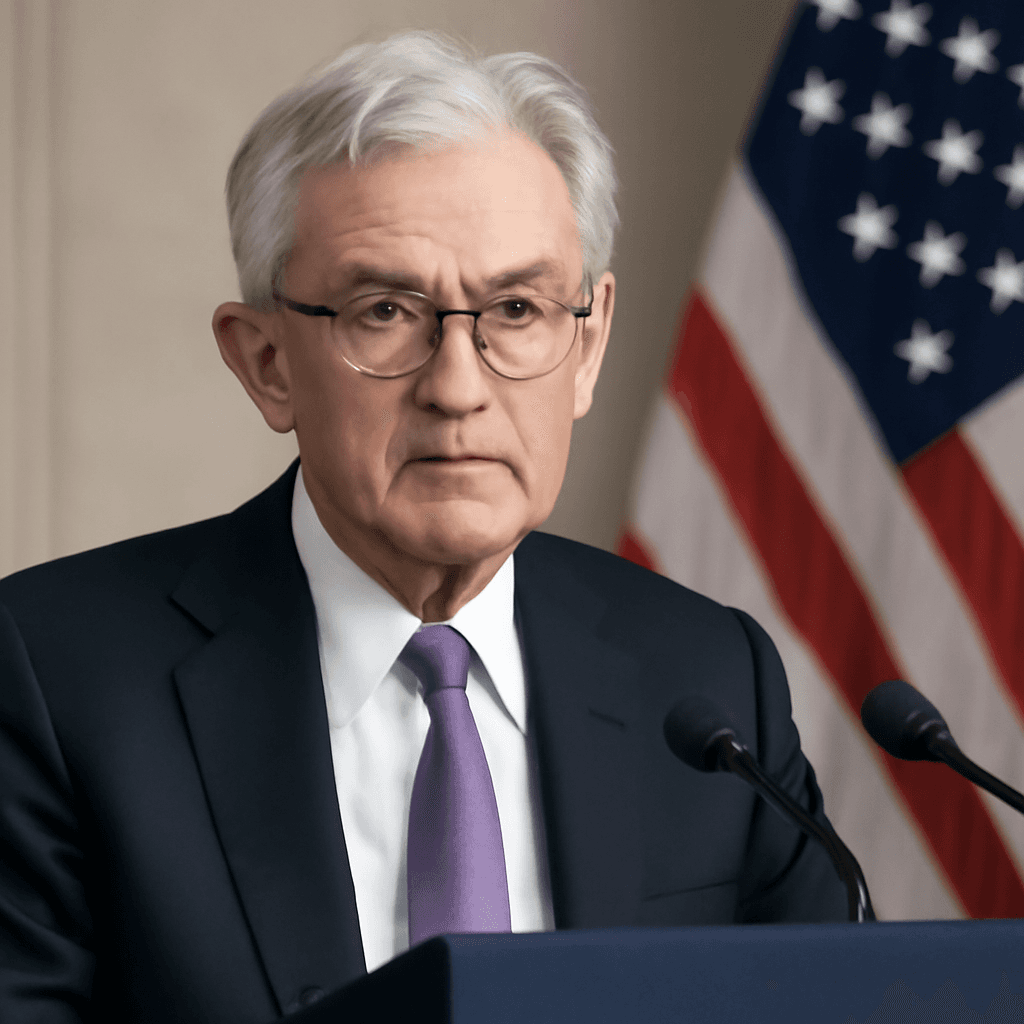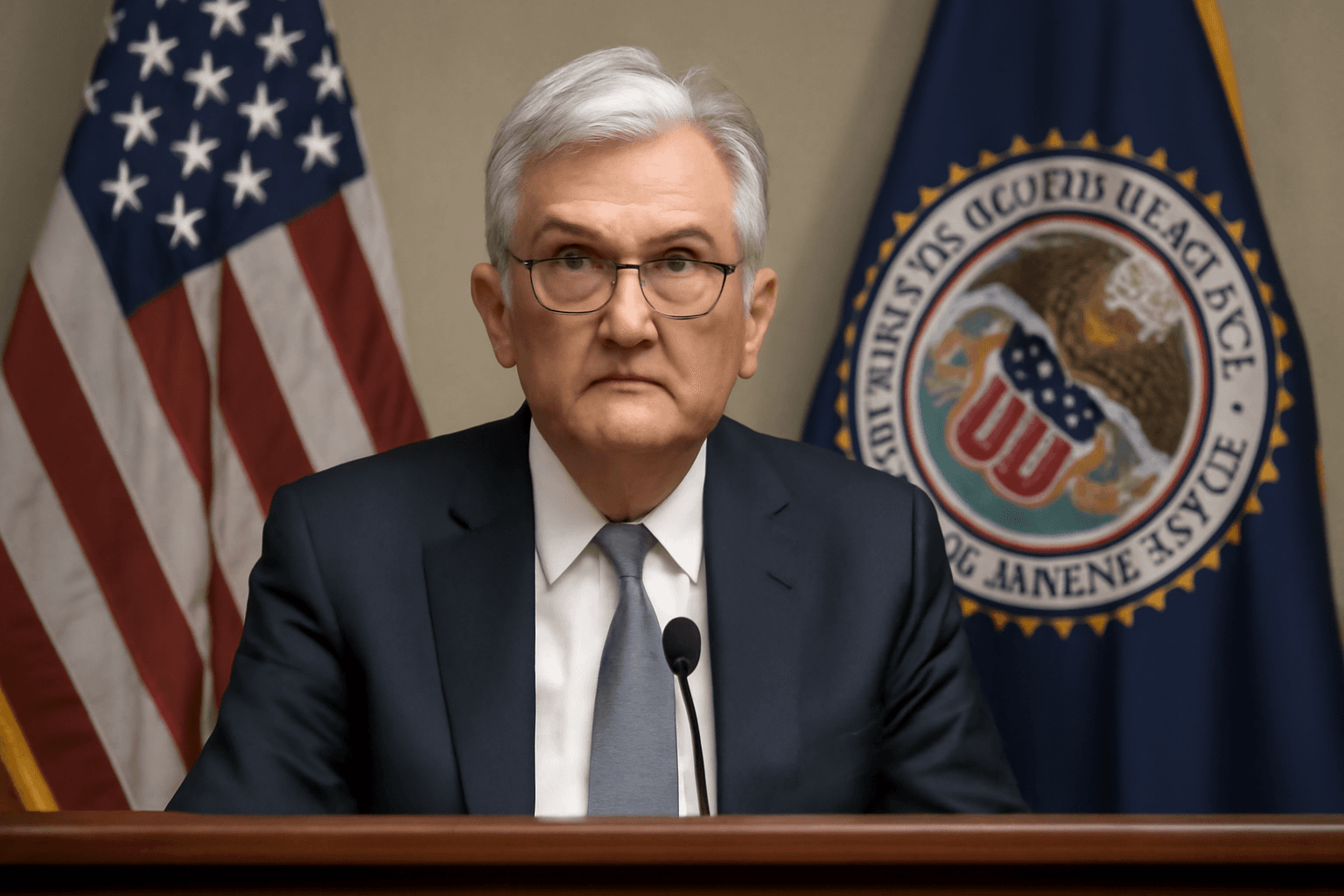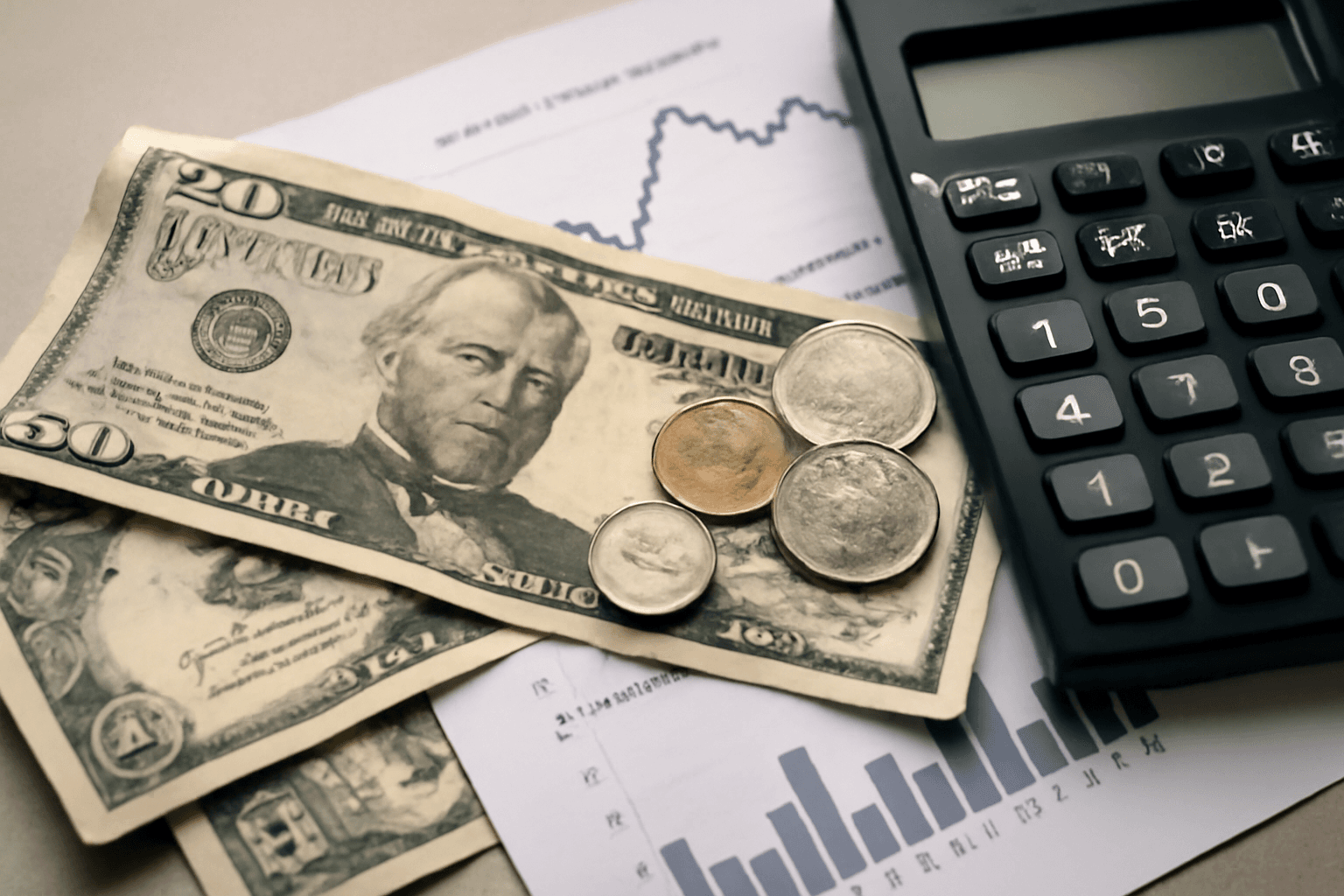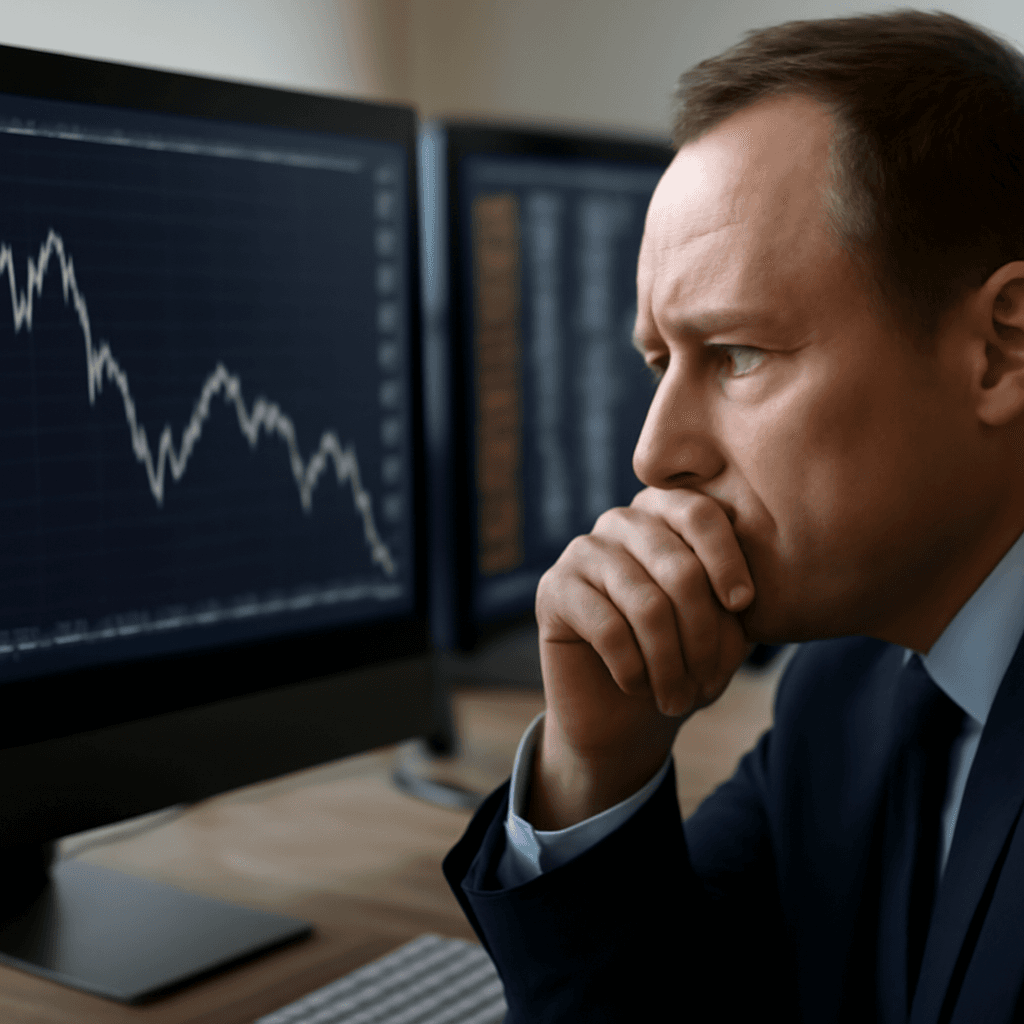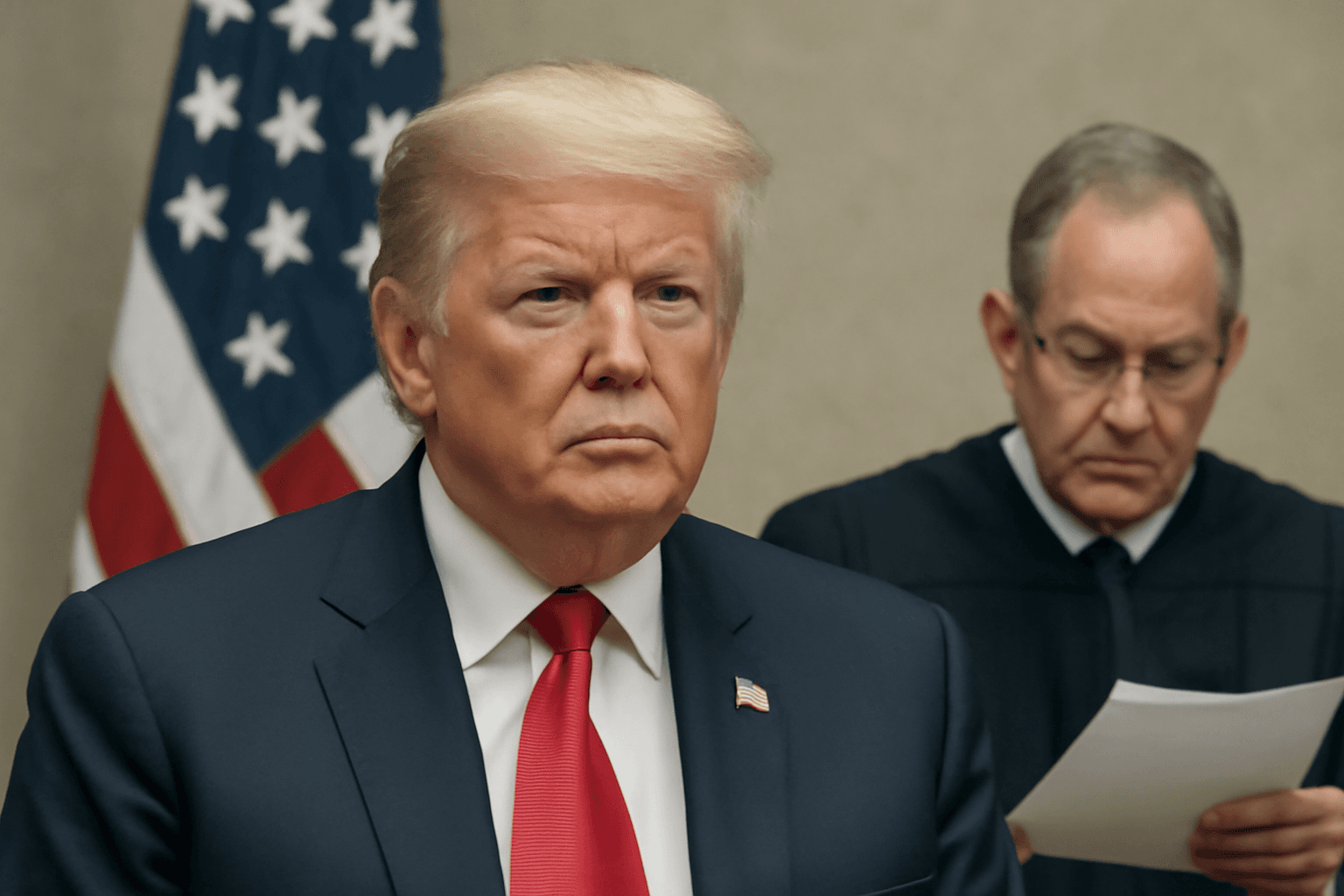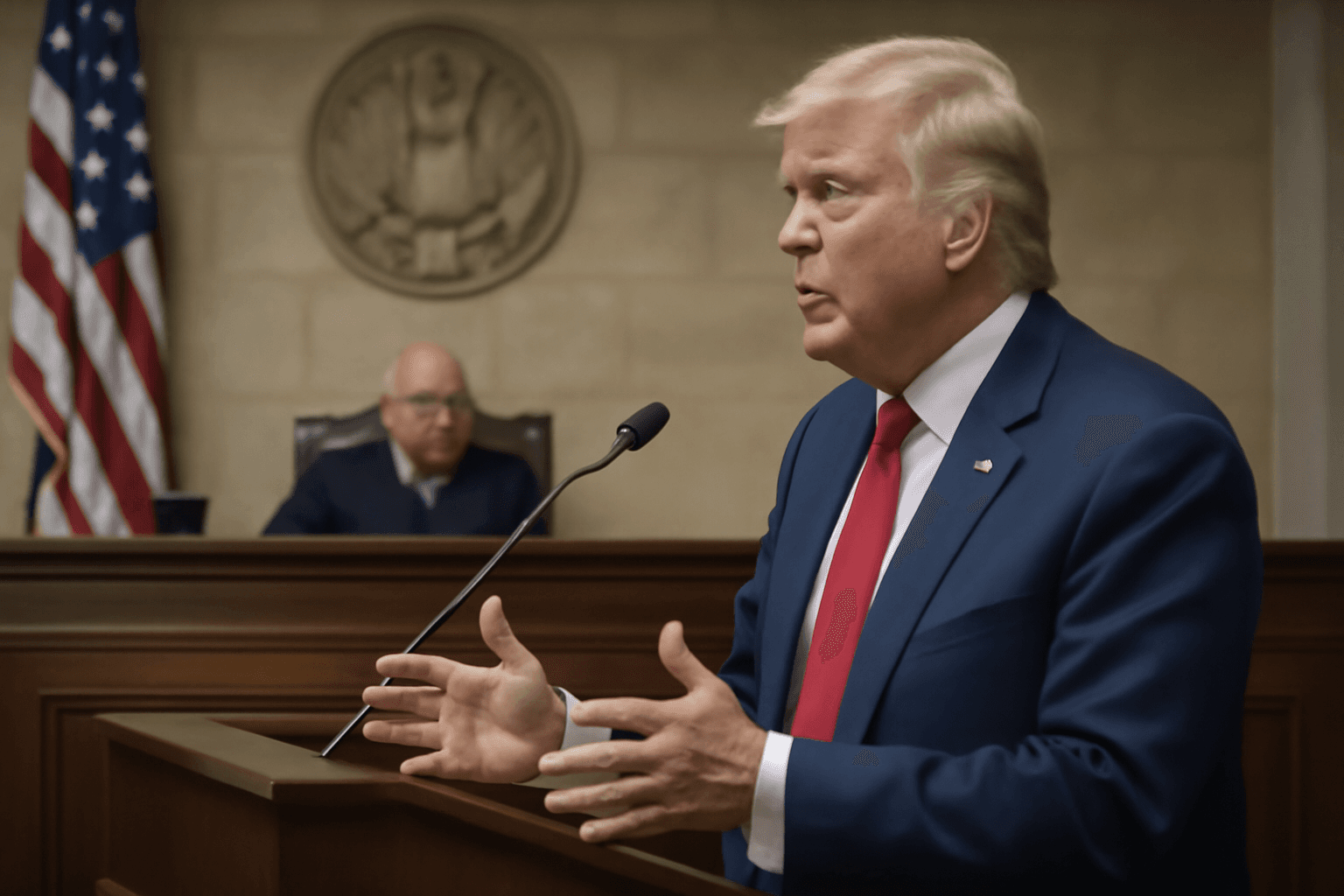Economic Outlook: Inflation Expected to Persist Until 2026
The Organisation for Economic Co-operation and Development (OECD) has revised its forecast for the United States, projecting that inflationary pressures will persist until at least 2026. This projection is linked closely to the impact of tariffs introduced during the previous administration, which continue to hamper economic growth.
The OECD now expects US economic growth to slow significantly to 1.6% in 2025, down from its earlier forecast of 2.2% made in March. Furthermore, it projects a continued slowdown in 2026, with growth anticipated to decline further to 1.5%.
Trade Tensions and Policy Uncertainty Weigh on Growth
The downgraded outlook reflects ongoing trade conflicts, increasing policy uncertainty, a reduction in net immigration, and a contracting federal workforce. The escalation of tariffs on key imports such as steel and aluminum has contributed prominently to these challenges, disrupting supply chains and increasing production costs.
Federal Reserve’s Concerns Over Tariffs and Inflation
Federal Reserve Governor Christopher Waller recently highlighted the short-term risks that tariffs pose to the economy. Speaking at an economic forum, Waller noted that recent tariff hikes, including the doubling of steel and aluminum tariffs from 25% to 50%, are likely to elevate inflation and unemployment.
Waller stated, "As of today, I see downside risks to economic activity and employment and upside risks to inflation in the second half of 2025." He emphasized that the trajectory of these risks depends heavily on future trade policy developments.
Despite these concerns, the Federal Reserve maintains an approach of monitoring the momentum of tariff-induced price changes, indicating a willingness to overlook temporary inflation spikes so long as inflation expectations remain anchored.
Market Analysis: Goldman Sachs Highlights 'Mediocre' Growth Prospects
Economic analysts at Goldman Sachs align with the cautious outlook on inflation, forecasting restrained growth and the potential for enduring inflationary pressures if tariffs intensify.
The firm’s economists observed, "We expect GDP growth of just 1% this year, reflecting a weak economic environment." They express skepticism over the persistence of high inflation amid such subdued growth but warn that inflation could remain elevated if tariff levels rise to prohibitive extents or escalate further into 2026.
Implications for Policy and Economy
The interplay of rising tariffs, economic slowdown, and inflation presents complex challenges for policymakers. Sustained inflation could erode purchasing power and complicate monetary policy decisions, while slower growth may affect employment and investment.
Both the OECD and leading economic commentators underscore the importance of resolving trade tensions and stabilizing policy frameworks to support stronger and more balanced economic growth in the coming years.

